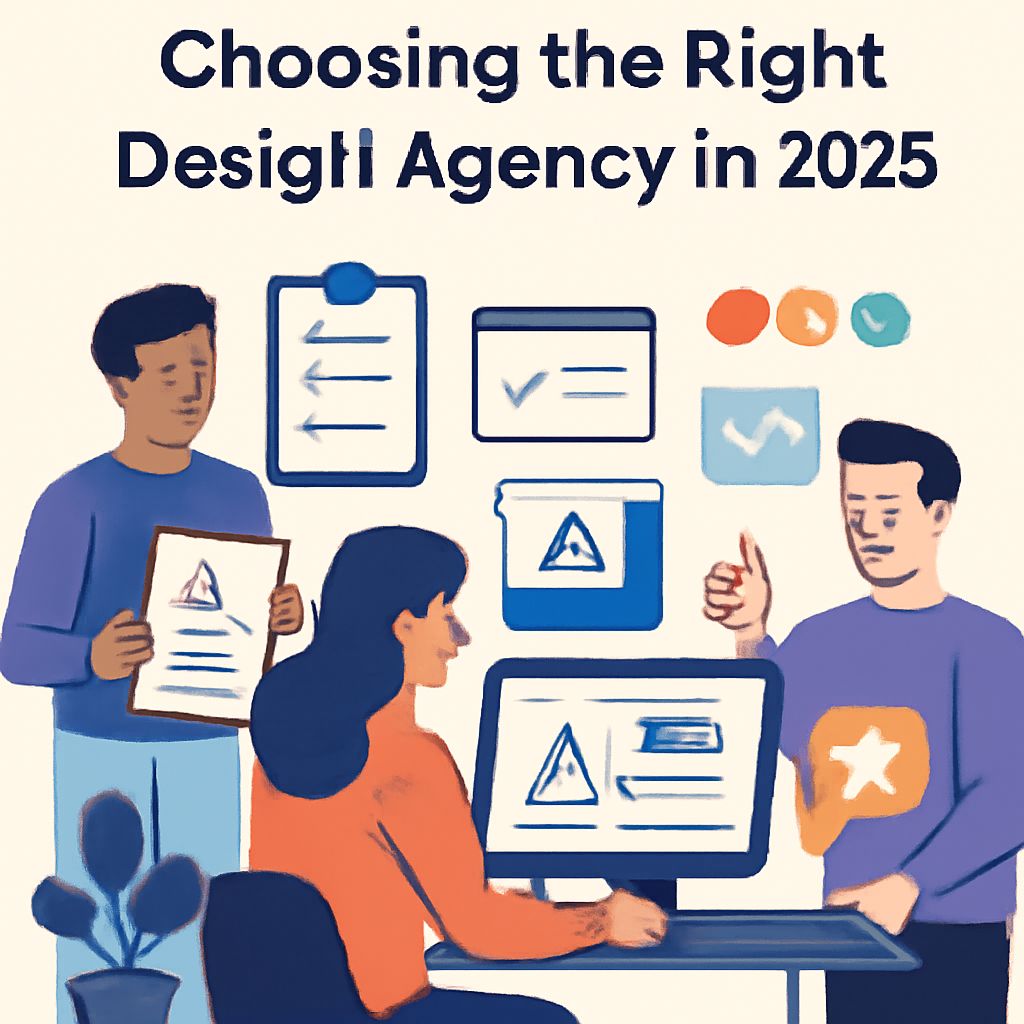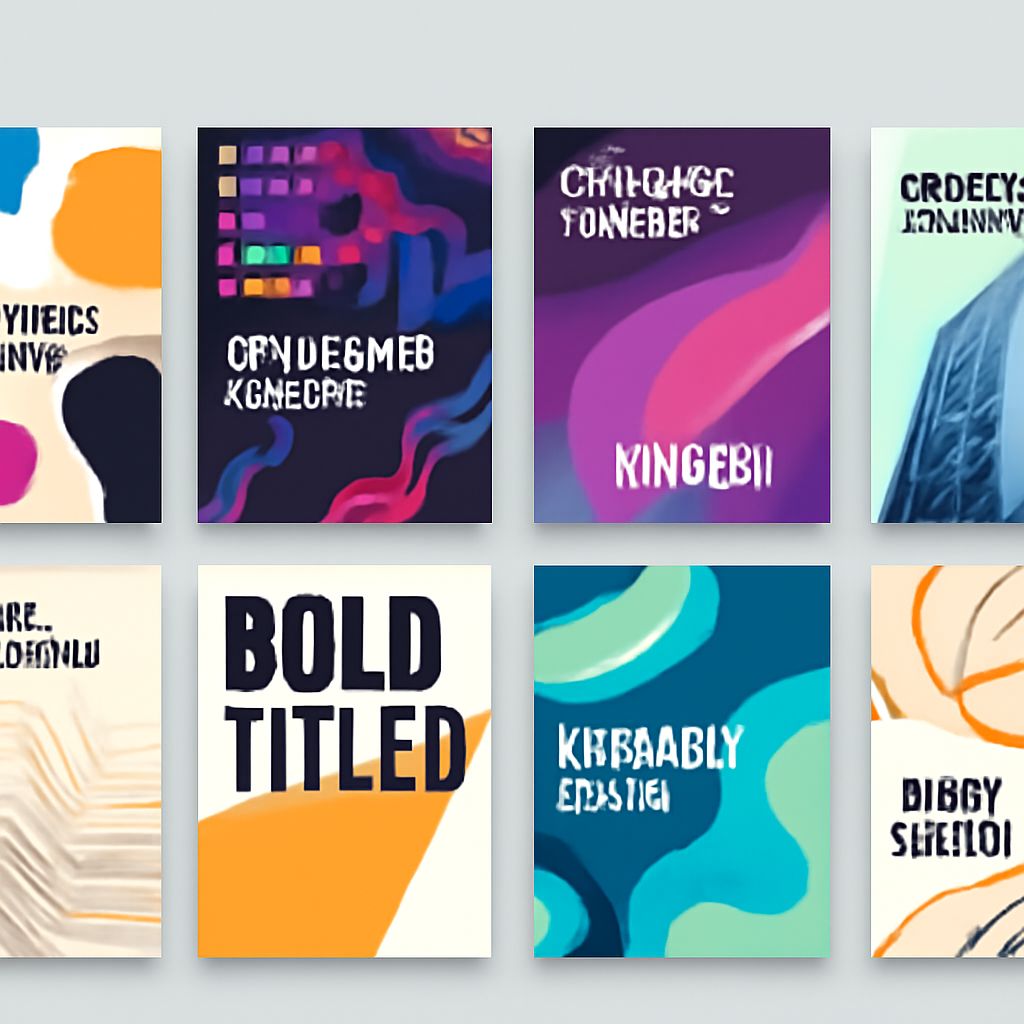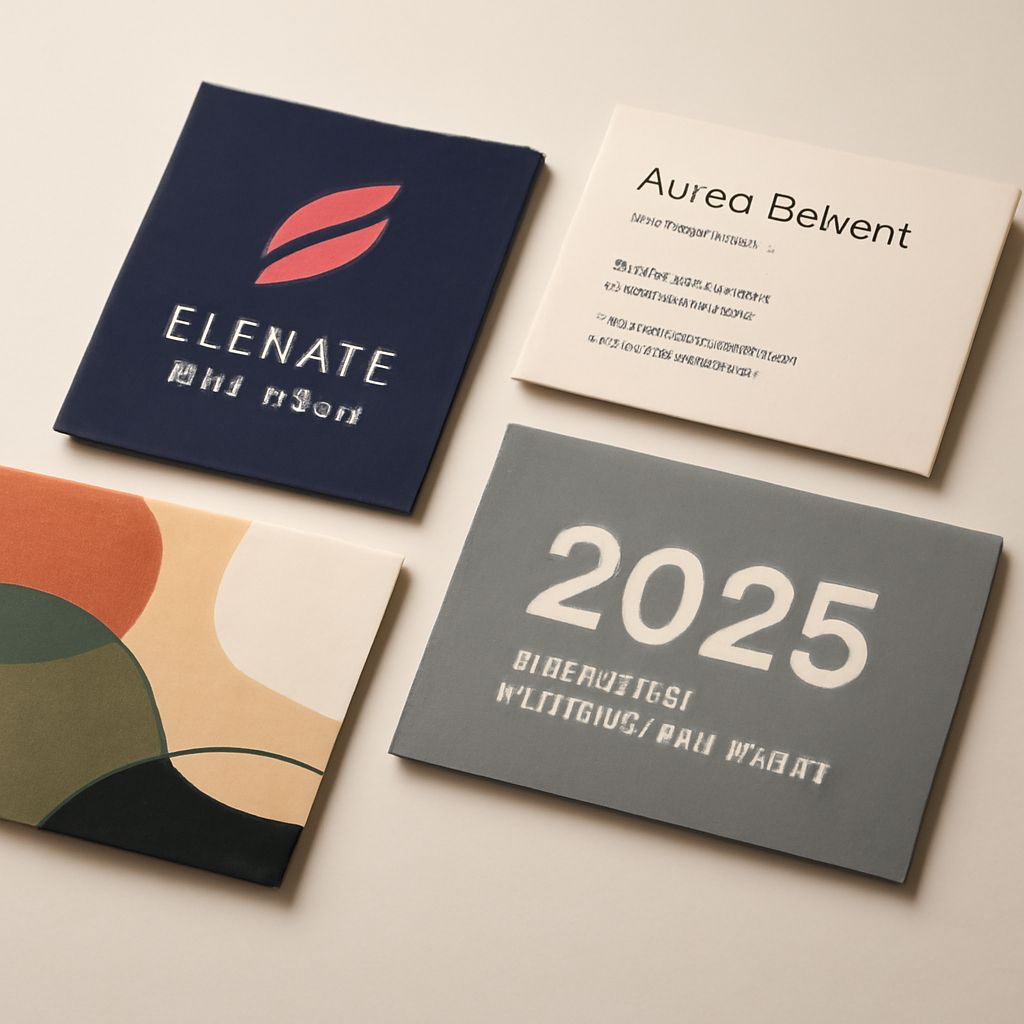Creating a Memorable Business Card Design
In the world of networking and business, a well-designed business card can be a game changer. It serves not only as a tool for sharing contact information but also as a reflection of your brand and personality. In this article, we will explore various aspects of creating a business card design that stands out from the rest, ensuring it leaves a lasting impression on anyone who receives it.
Understanding the Importance of Business Cards
Business cards are often the first point of contact between you and potential clients or partners. They encapsulate your brand identity in a small, portable format. A memorable business card can:
- Enhance brand recognition
- Establish credibility
- Facilitate networking opportunities
- Convey professionalism
Given these benefits, it’s crucial to invest time and creativity into designing a card that truly represents who you are and what you do.
Key Elements of a Business Card
Before diving into design techniques, it’s essential to understand the elements that should be included in a business card. Here are the key components:
- Name: Your name should be the most prominent text on the card.
- Title: Include your job title or role in the company.
- Contact Information: This includes your phone number, email address, and website.
- Company Logo: Your logo is a visual representation of your brand.
- Brand Colors: Use colors that align with your brand identity.
Choosing the Right Materials
The material of your business card can greatly affect its perception. Here are some popular options:
| Material | Characteristics | Pros | Cons |
|---|---|---|---|
| Standard Cardstock | Common, affordable, and easy to print on. | Cost-effective, widely available. | May feel generic or flimsy. |
| Recycled Paper | Environmentally friendly option. | Appeals to eco-conscious consumers. | Can be less durable. |
| Plastic | Durable and waterproof. | Long-lasting, unique texture. | More expensive to print. |
| Metal | Luxurious and eye-catching. | Stands out, conveys prestige. | Heavy and costly. |
Designing for Impact
Now that you understand the essential components and materials, let’s dive into specific design techniques that will help ensure your business card captivates attention.
1. Unique Shapes and Sizes
While most business cards are rectangular, consider using unique shapes or sizes to differentiate yours from the competition. Options include:
- Square cards
- Die-cut shapes
- Vertical layouts
2. Creative Use of Typography
Typography plays a significant role in business card design. Consider the following:
- Choose fonts that align with your brand personality (formal vs. casual).
- Limit the number of fonts to maintain clarity.
- Use hierarchy to emphasize important information.
3. Incorporating Imagery
Images can make your card more engaging. Consider:
- Using your logo as a focal point.
- Incorporating relevant graphics or illustrations that reflect your business.
- Utilizing background images or patterns.
4. Color Psychology
Colors evoke emotions and can influence perceptions. Here’s a brief overview of what different colors may convey:
| Color | Meaning |
|---|---|
| Blue | Trust, professionalism |
| Red | Energy, passion |
| Green | Growth, harmony |
| Black | Luxury, sophistication |
5. Minimalism vs. Information Density
Decide if you want a minimalist design or a more information-dense card. A minimalist card can create a clean, modern look, while a denser card can provide more information at a glance. Choose what best fits your goals and industry.
Additional Tips for a Standout Business Card
Here are some extra tips to further enhance your business card:
- Consider adding a call-to-action, such as a special offer or QR code linking to your website.
- Use both sides of the card to maximize space.
- Ensure all information is up-to-date and relevant.
- Get feedback from peers before finalizing your design.
Final Thoughts
A memorable business card design is a powerful tool in your marketing arsenal. By incorporating unique design elements, thoughtful typography, and a strategic approach to content, you can create a card that leaves an impression and facilitates connections. Remember, your business card is often a reflection of your brand, so make it count!
FAQ
What elements should I include in a memorable business card design?
Include your name, job title, company logo, contact information, and a unique design element that reflects your brand.
How can color choice impact my business card design?
Color choice can convey your brand personality; vibrant colors can attract attention while muted tones can suggest professionalism.
What materials are best for printing business cards?
High-quality cardstock, recycled paper, and unique materials like plastic or metal can enhance the tactile experience and durability of your business card.
Should I use both sides of my business card?
Yes, utilizing both sides allows for more information, creative designs, or a memorable visual element.
How important is typography in business card design?
Typography is crucial; it should be legible and reflect your brand’s tone, ensuring that essential information is easily readable.
Can I use illustrations or graphics on my business card?
Absolutely, incorporating illustrations or graphics can make your business card more visually appealing and help convey your brand message.




